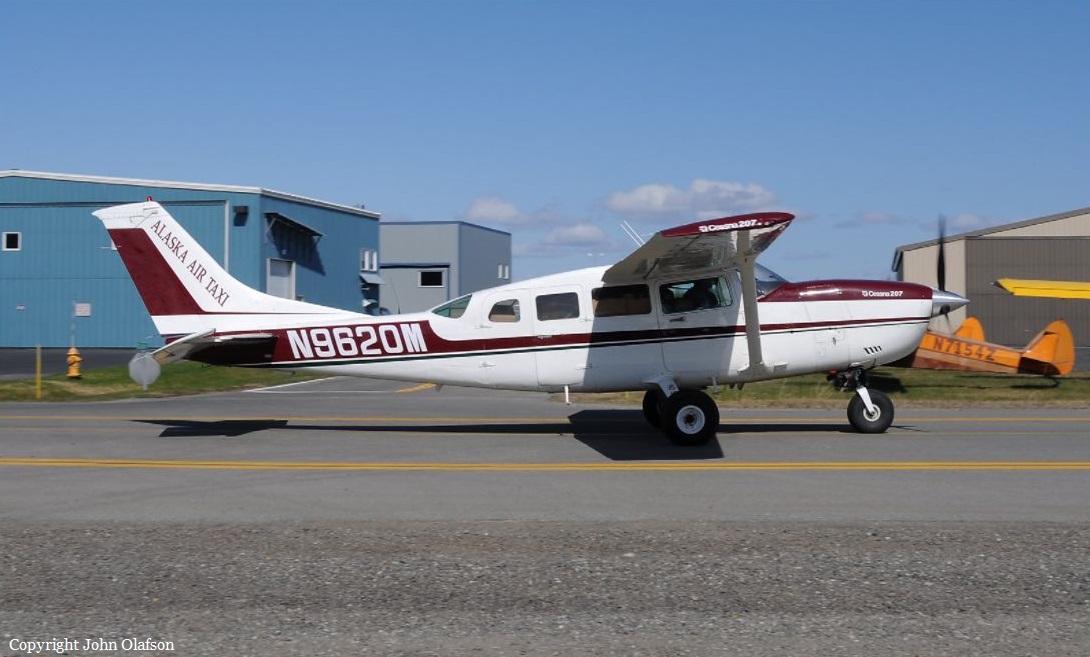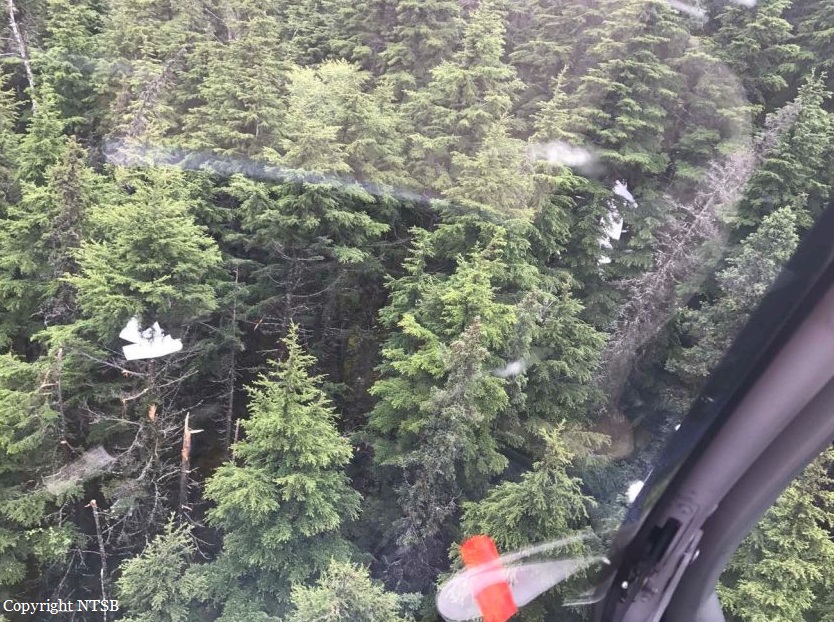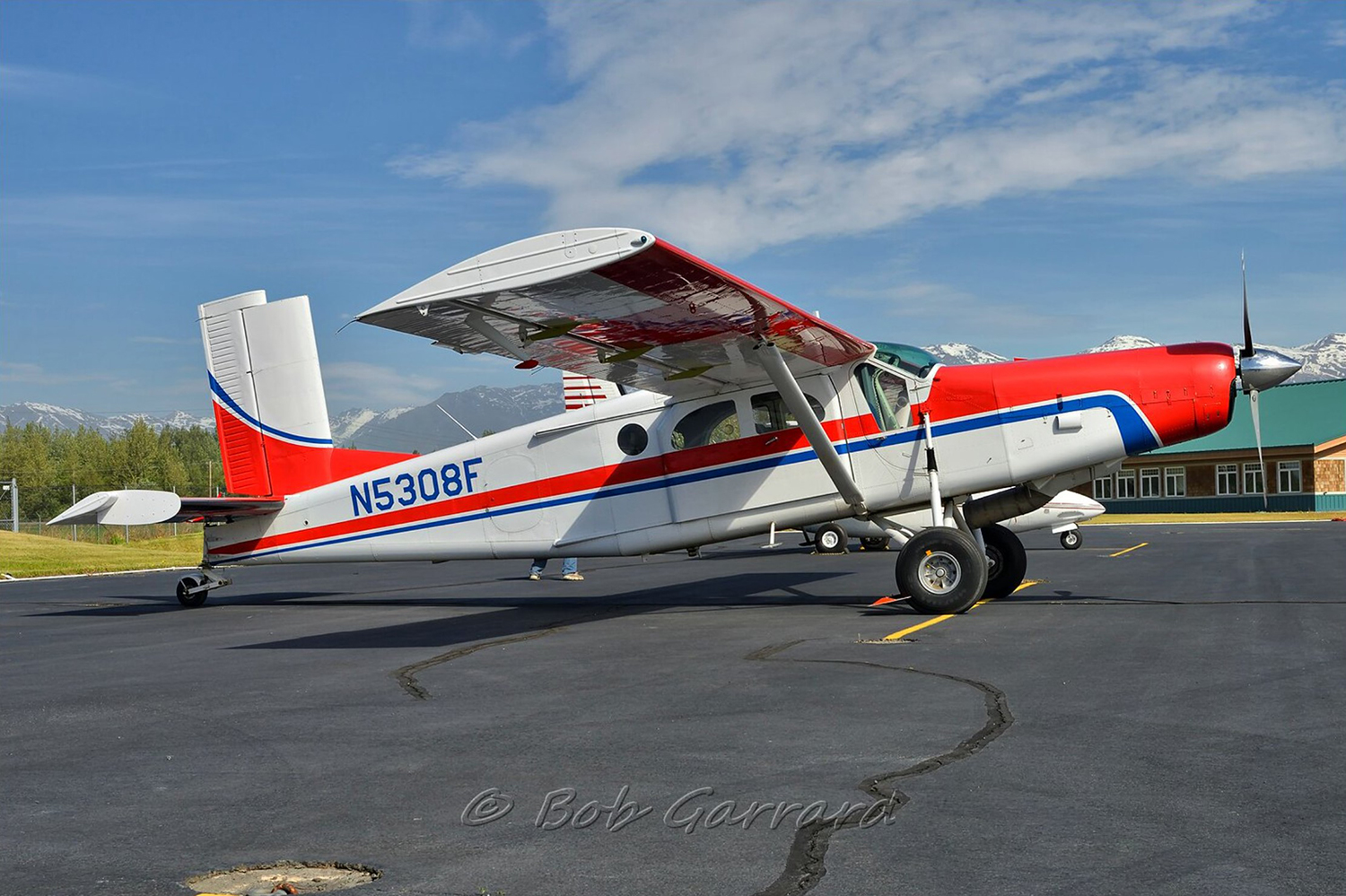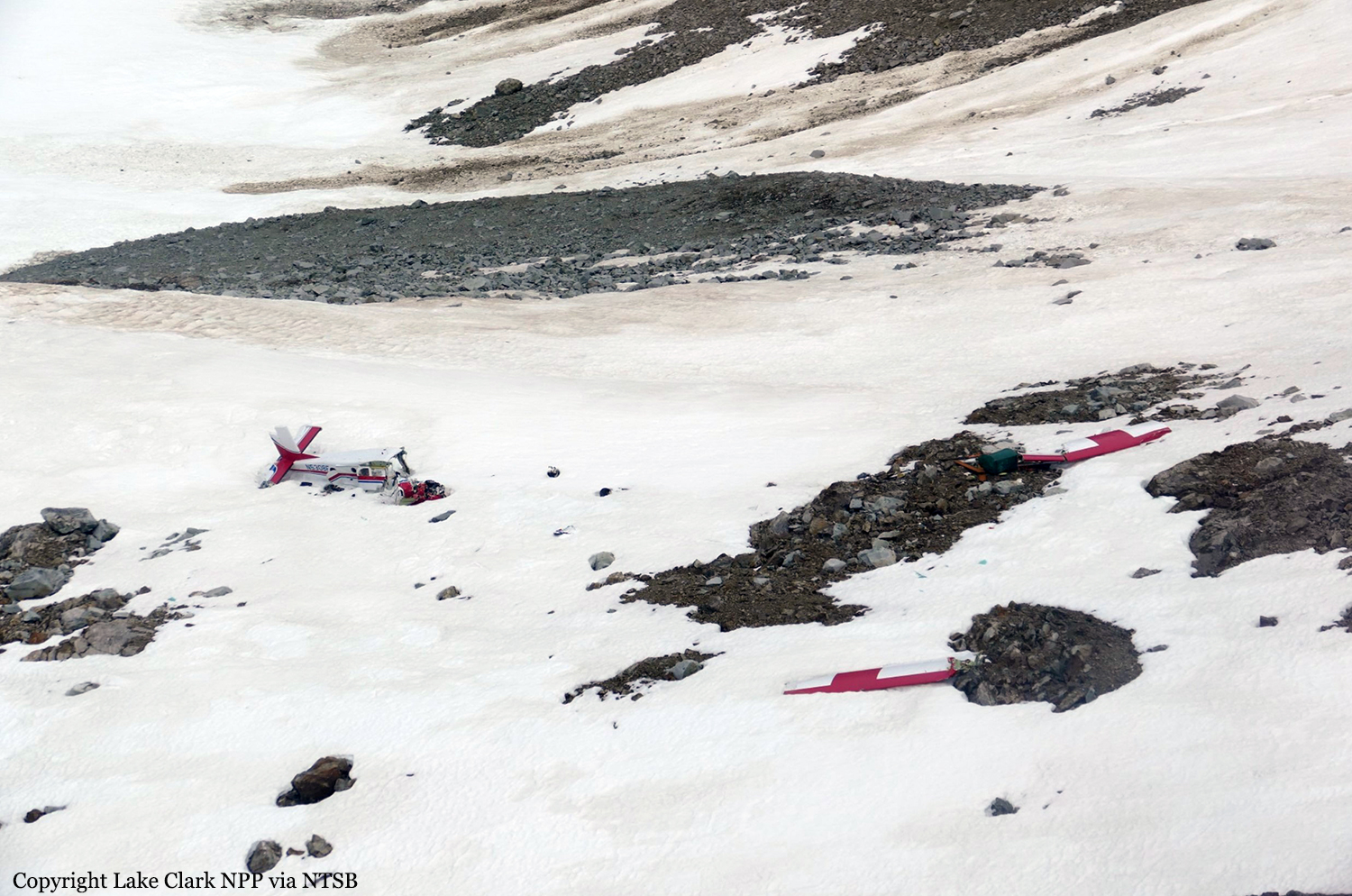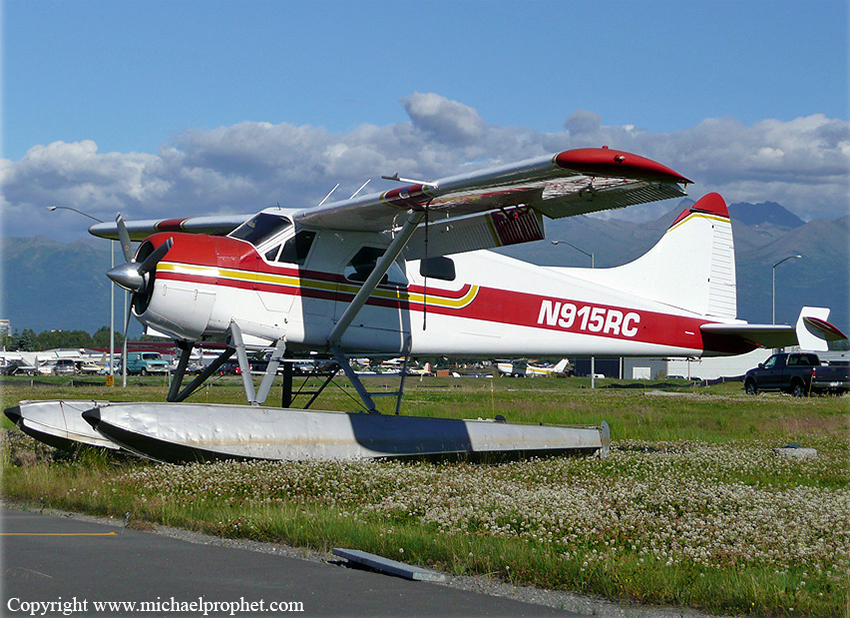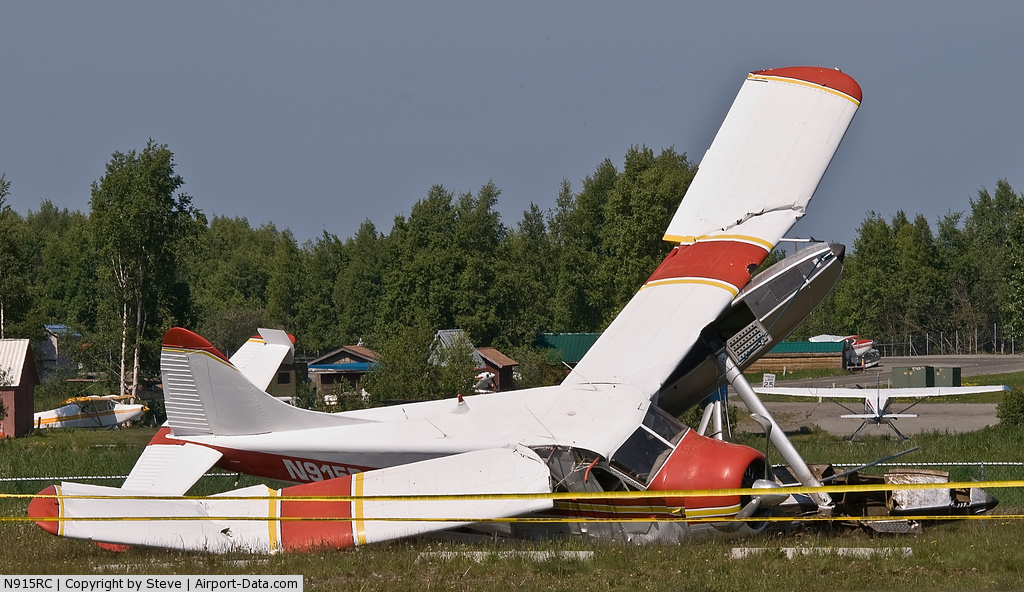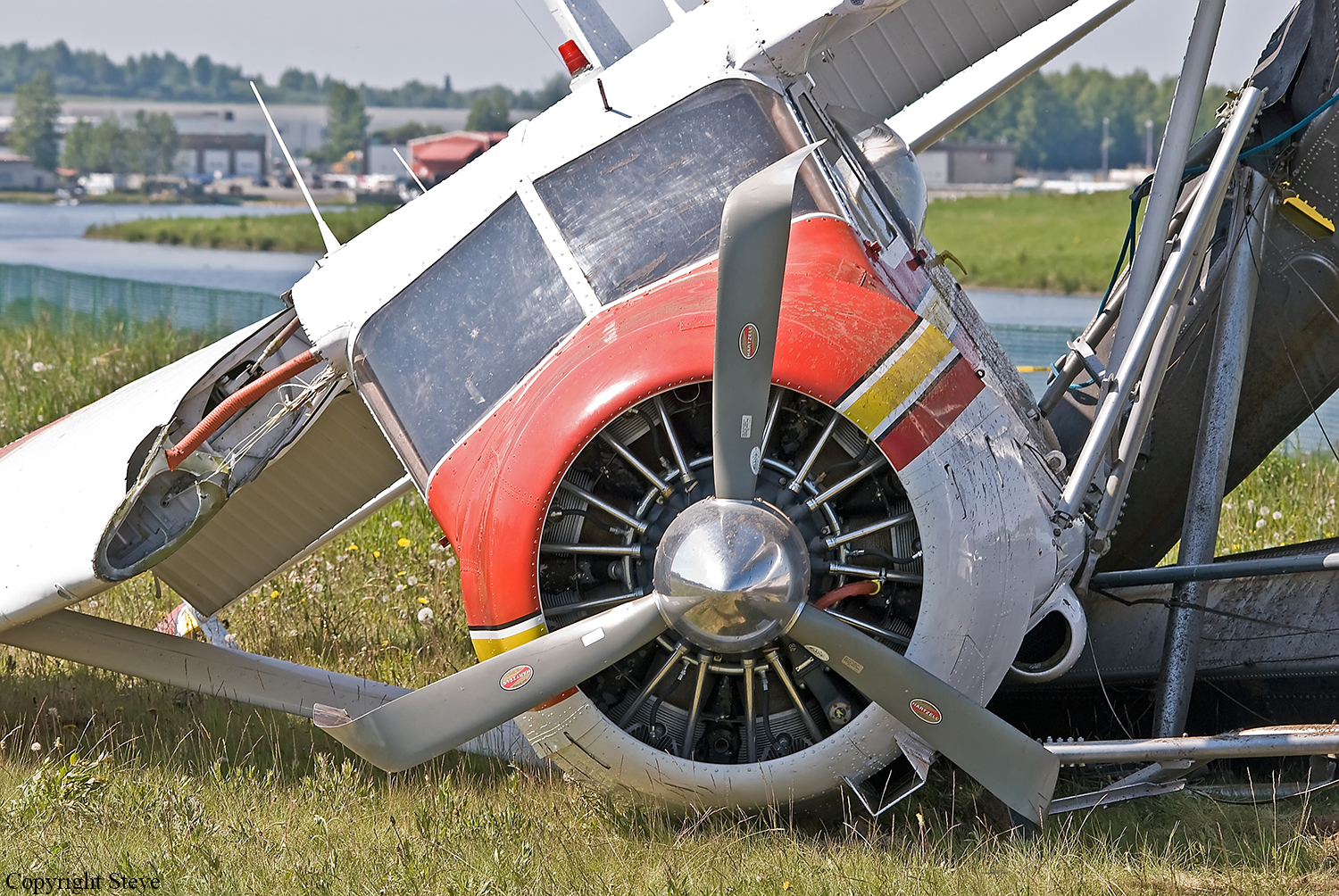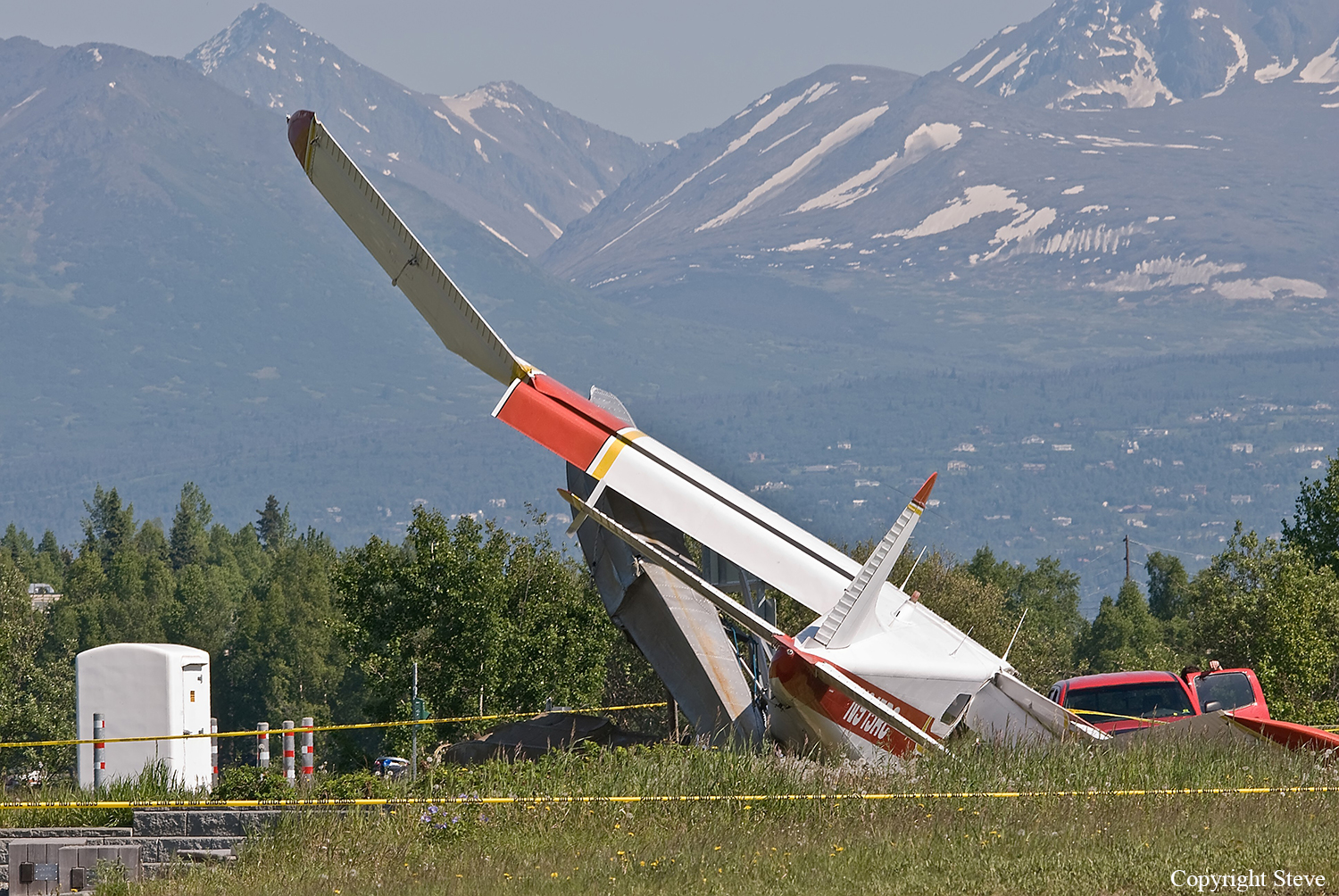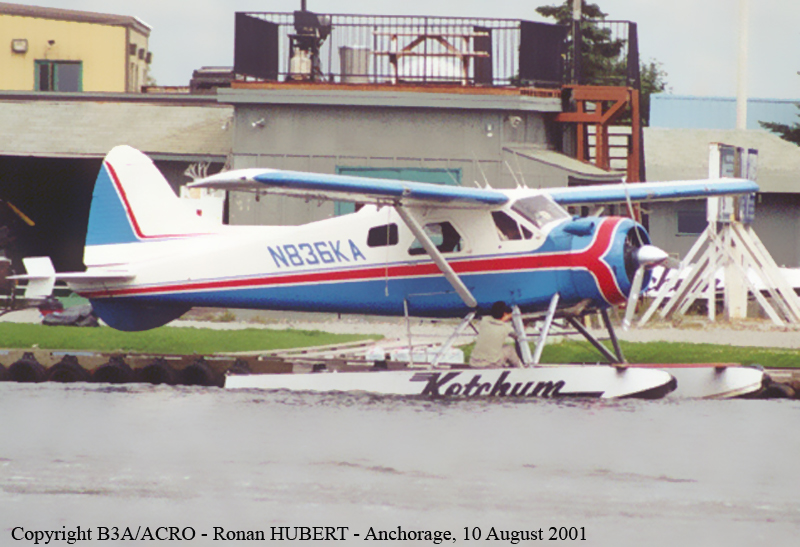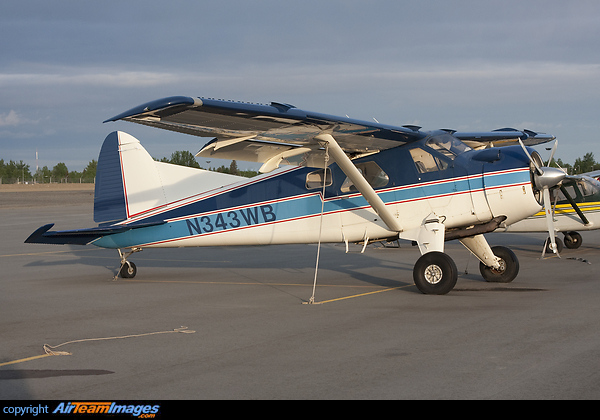Crash of a Cessna 207 Skywagon near Hope
Date & Time:
Jul 3, 2017 at 1032 LT
Registration:
N9620M
Survivors:
Yes
Schedule:
Seldovia – Anchorage
MSN:
207-0711
YOM:
1981
Crew on board:
1
Crew fatalities:
Pax on board:
0
Pax fatalities:
Other fatalities:
Total fatalities:
0
Captain / Total hours on type:
3.00
Aircraft flight hours:
23833
Circumstances:
According to the pilot, he was flying the second airplane in a flight of two about 1 mile behind the lead airplane. The lead airplane pilot reported to him, via the airplane's radio, that he had encountered decreasing visibility and that he was making a 180° left turn to exit the area. The pilot recalled that, after losing sight of the lead airplane, he made a shallow climbing right turn and noticed that the terrain was rising. He recalled that he entered the clouds for a few seconds and "at that moment I ran into the trees which I never saw coming." The airplane sustained substantial damage to both wings. The pilot reported that there were no preaccident mechanical malfunctions or failures with the airplane that would have precluded normal operation. The pilot reported that the temperature was 60°F with 8 miles visibility and 1,500-eeft ceilings. The nearest METAR was about 1 mile away and reported that the temperature was 54°F, dew point was 52°F, visibility was 8 statute miles with light rain, and ceiling was broken at 500 feet and overcast at 1,500 feet.
Probable cause:
The pilot's inadvertent flight into instrument meteorological conditions and subsequent controlled flight into terrain.
Final Report:
